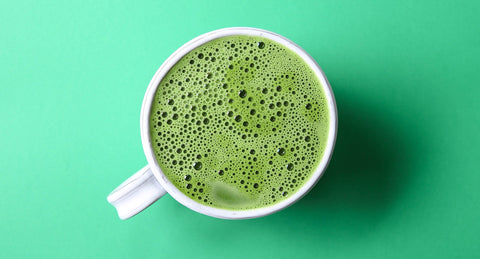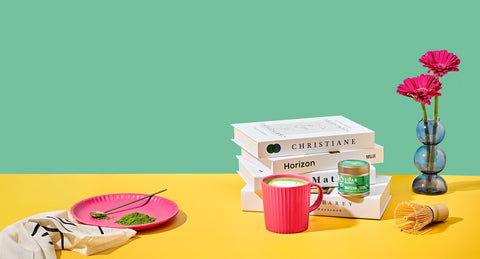If you’ve explored the world of matcha, you’ve probably noticed that most varieties are labeled simply as ceremonial or culinary grade. Every now and then, you might spot a term that piques your curiosity: single cultivar.
So, what does it mean and why does it matter?
Understanding Cultivars in Matcha
A cultivar is a cultivated variety of the tea plant (Camellia sinensis), carefully bred and grown for certain traits such as flavor, aroma, color, or harvest timing. In Japan, dozens of matcha-friendly cultivars exist, each with its own unique character.
Think of cultivars like grape varieties in wine. Chardonnay, Pinot Noir, and Merlot grapes each produce distinct flavors, even if they’re all made into wine. The same is true for tea: cultivars like Yabukita, Yutaka Midori, and Okumidori create matcha with different personalities.
Blended vs. Single Cultivar Matcha
The majority of matcha (about 80–90%) is a blend of multiple cultivars. Tea masters blend for balance and consistency, ensuring the flavor remains familiar year after year despite seasonal variations in weather and harvests.
Single cultivar matcha, on the other hand, is made entirely from one tea plant variety. This means the flavor, aroma, and color all reflect the unique qualities of that single cultivar, unsoftened or blended with others.
Why Single Cultivar Matcha is Special
- Purity of Flavor – You’re tasting the tea in its most unaltered form, with nothing to mask its natural profile.
- Seasonal Expression – Like single-origin coffee or vintage wine, it reflects the specific growing conditions of its harvest year.
- Rarity – Producing organic single cultivar matcha requires both skill and ideal growing conditions, making it harder to source.
- Educational Value – Tasting different cultivars can deepen your understanding of matcha’s complexity.
Who is it For?
Single cultivar matcha is ideal for those who want to:
- Explore the nuanced world of Japanese tea beyond standard blends
- Learn how different cultivars influence matcha’s sweetness, bitterness, and umami
- Experience matcha as it’s enjoyed by tea farmers and connoisseurs in Japan
How to Enjoy It
Prepare it mindfully, ideally as usucha (thin tea), to fully appreciate its aroma and flavor. If you prefer matcha as a latte, that can work beautifully too, but try using less milk so the tea’s nuances can shine through. Note its color, texture, and how the taste develops from your first sip to the last. You might be surprised by how dramatically one cultivar can differ from another!
In short: single cultivar matcha is matcha in its purest expression. For those who truly love matcha, it’s an experience worth seeking out.



